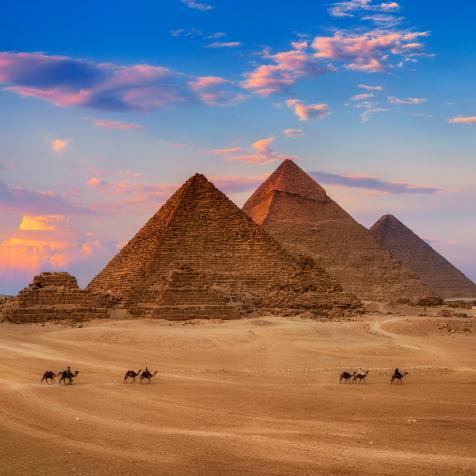
Chichen Itza's El Castillo is a Pyramid in a Pyramid in a Pyramid
If researchers can reach it, it could tell them important things about the early people who built it.
In the ancient Mayan ruins of Chichen Itza sits a pyramid called Kukulcan, also known as El Castillo. Archaeologists have long known that this mysterious structure hides a second pyramid within its walls, but new technology has unearthed something strange: a third pyramid inside the second. El Castillo is a pyramid within a pyramid within a pyramid. If researchers can reach it, it could tell them important things about the early people who built it.
ERT-3D to See How the Past May Be
The researchers made their discovery using tri-dimensional electric resistivity tomography — a term thankfully shortened to ERT-3D. This technology was already fairly familiar, since it had been used the year previous to discover a cenote, a subterranean river often used for sacrifices, underneath El Castillo. Using 96 electrodes placed around the outside of the structure, scientists were able to create a digital map of the mysterious pyramid. They knew that the pyramid we see today was built over another pyramid, the remnants of which have been well documented, but they were surprised to find a third structure buried within the second.

Pyramids All the Way Down
The structure appears to have both an altar and a flight of stairs, and given its proximity to the cenote, it's a promising step on the path toward understanding the culture of the region during its earliest years.
Geoffrey Braswell of University of California, San Diego has pointed out that a similar structure within El Castillo was discovered in the 1940s, but the infrastructure was too unstable to allow for further excavation. He also pointed out that the structure may not be the only one — instead, there might be a few inside the second pyramid. That makes this ancient "Russian nesting doll" one big mystery. The only way to figure out for certain is to excavate, but that may cause too much damage to the site. Unfortunately, seeing the internal structure with their own eyes might end up being wishful thinking for the archaeologists leading the charge toward discovery.
This article first appeared on Curiosity.com.


















